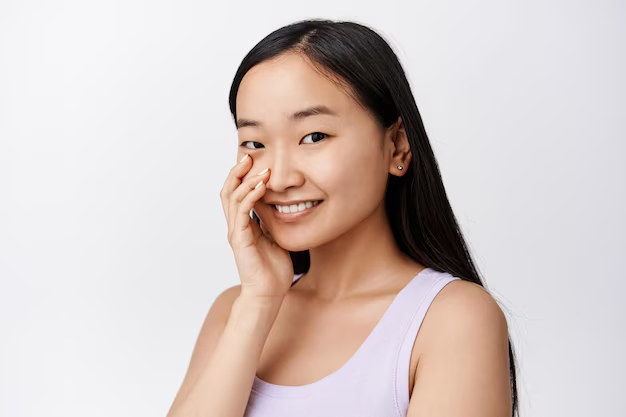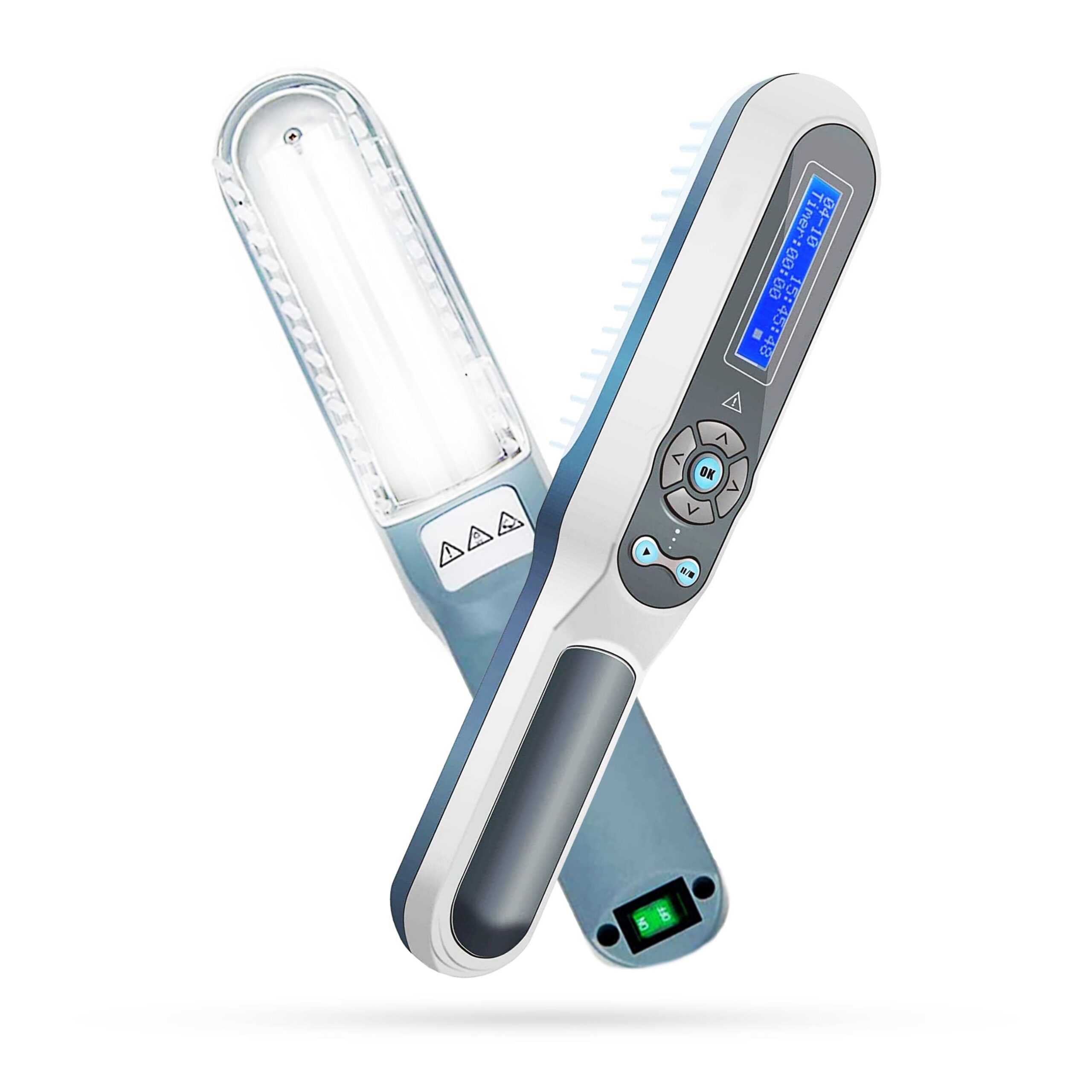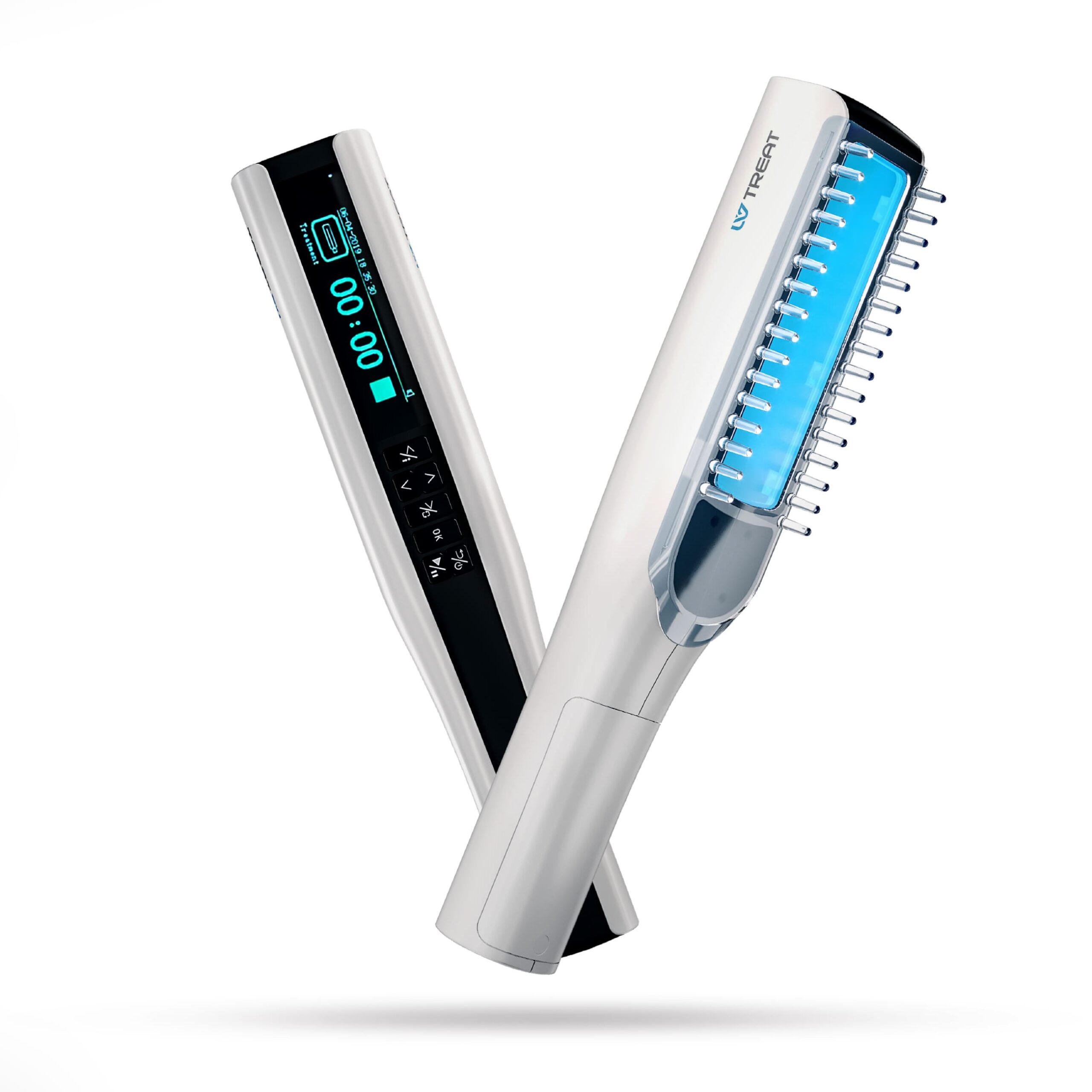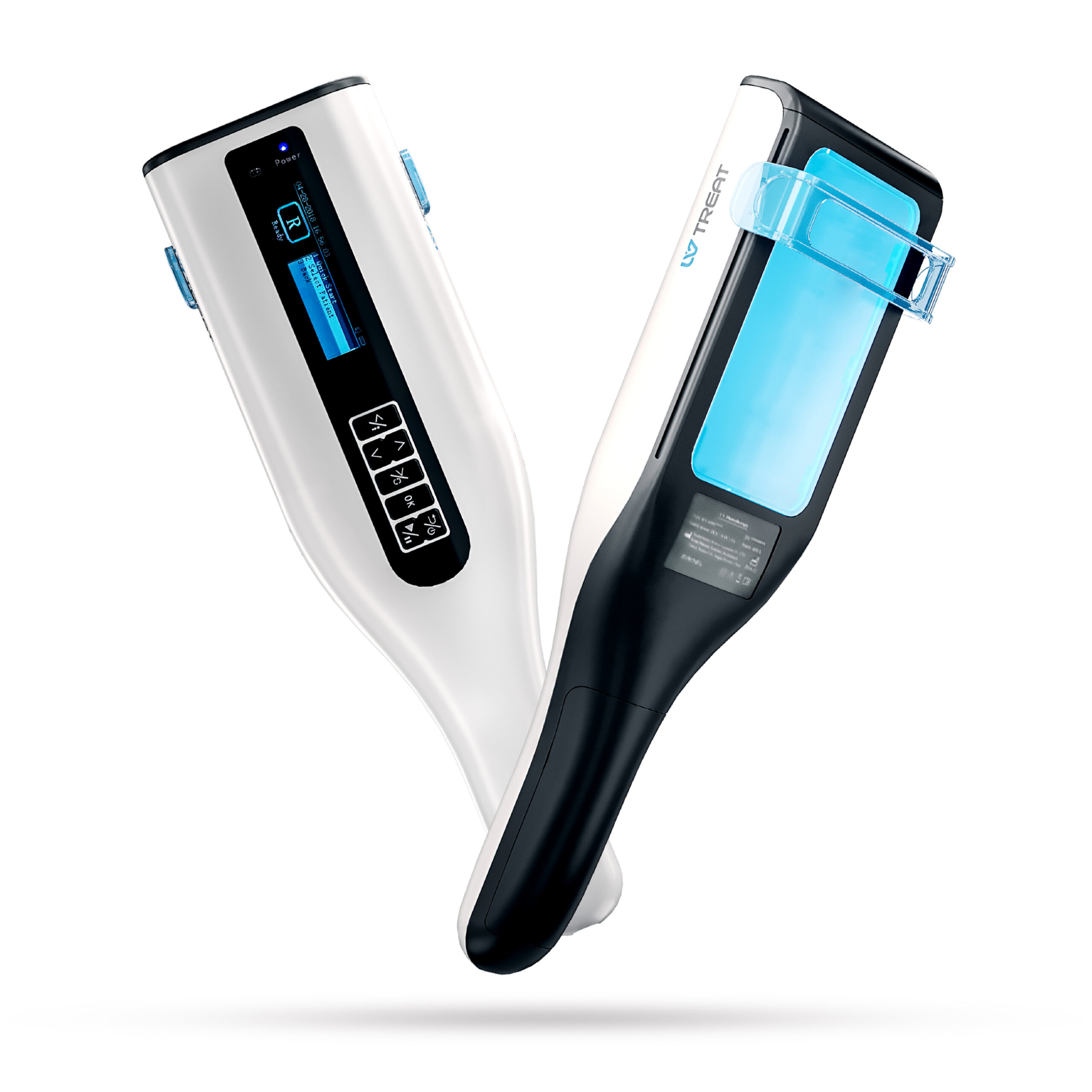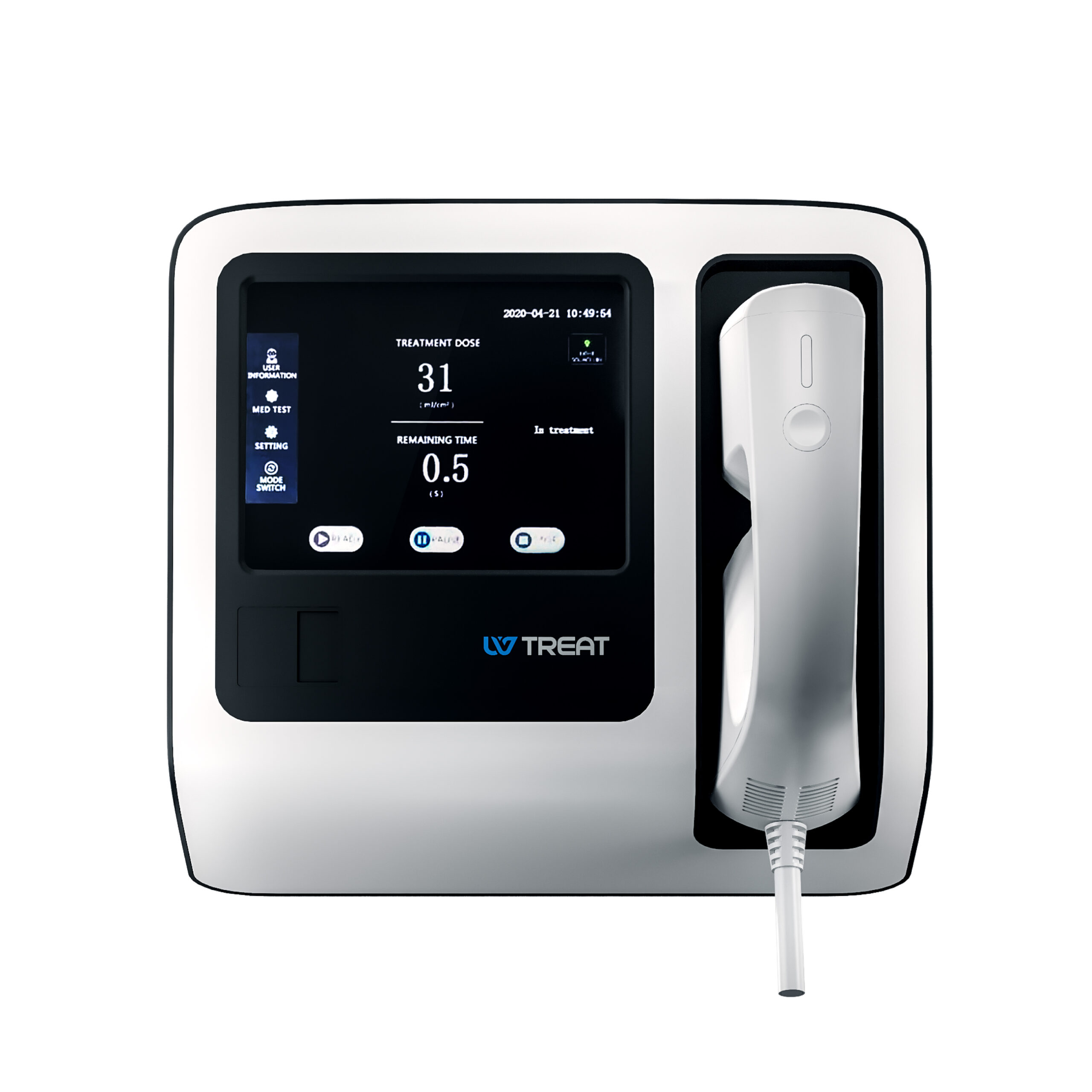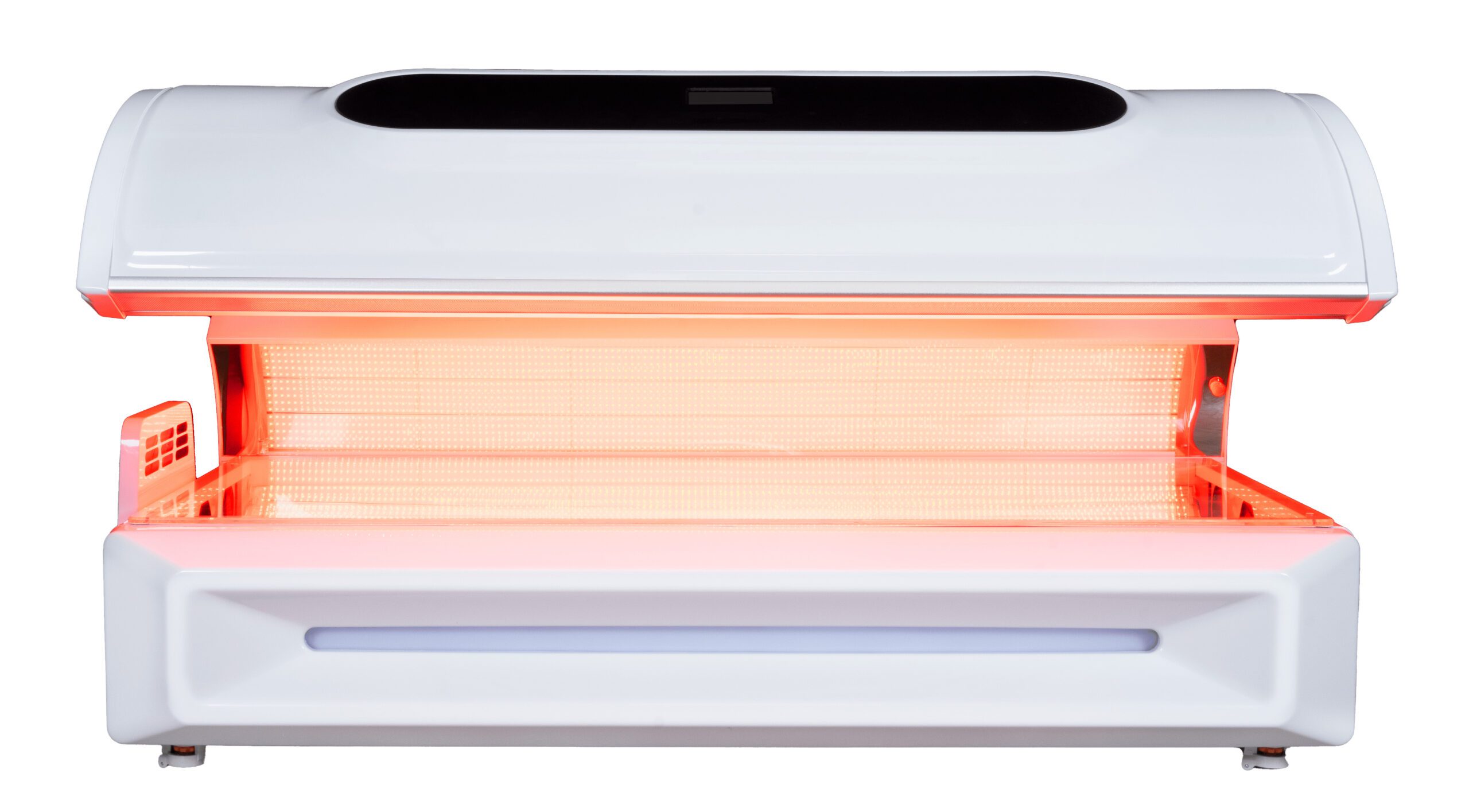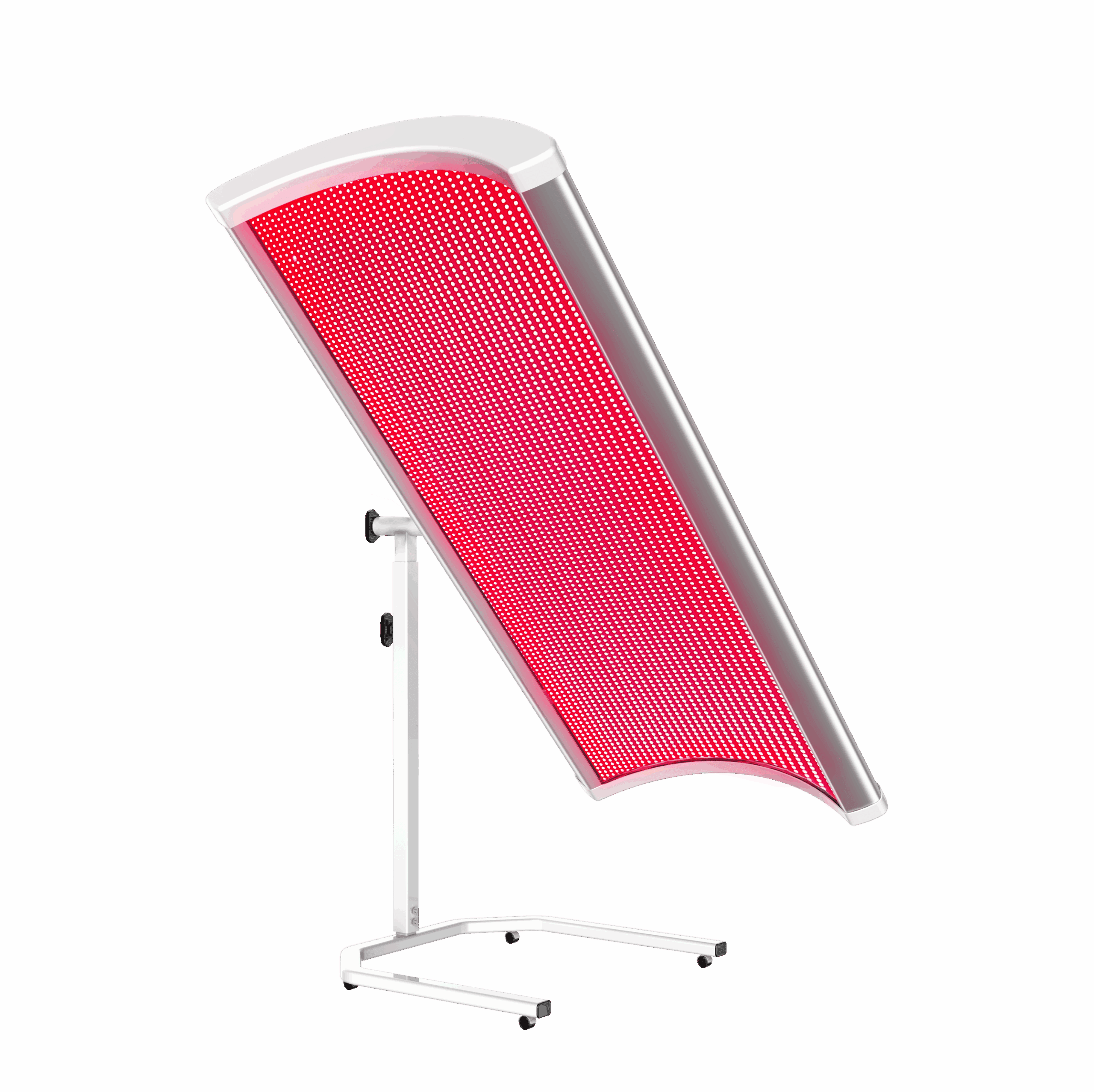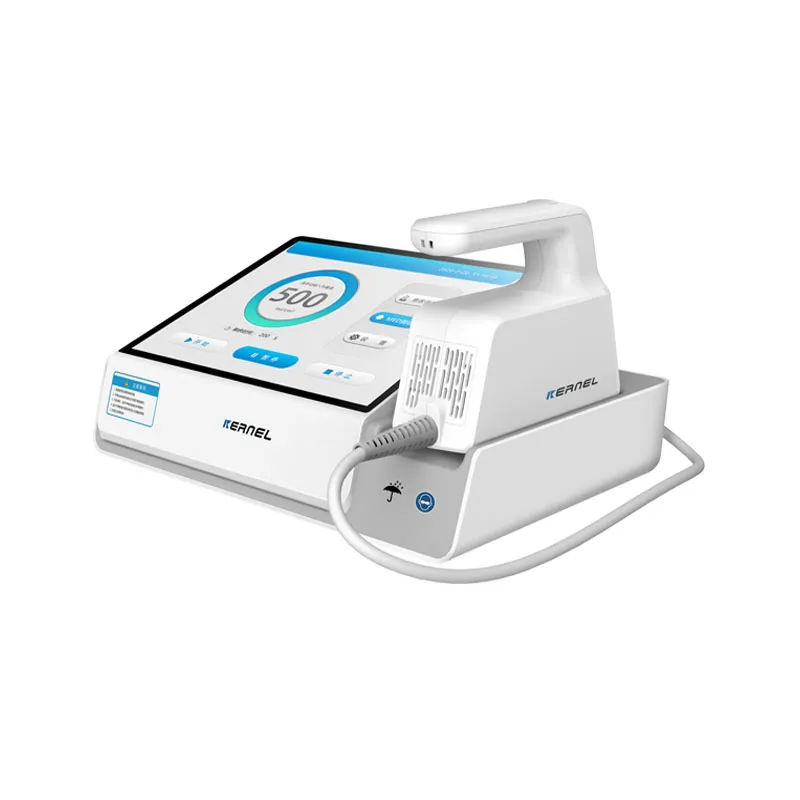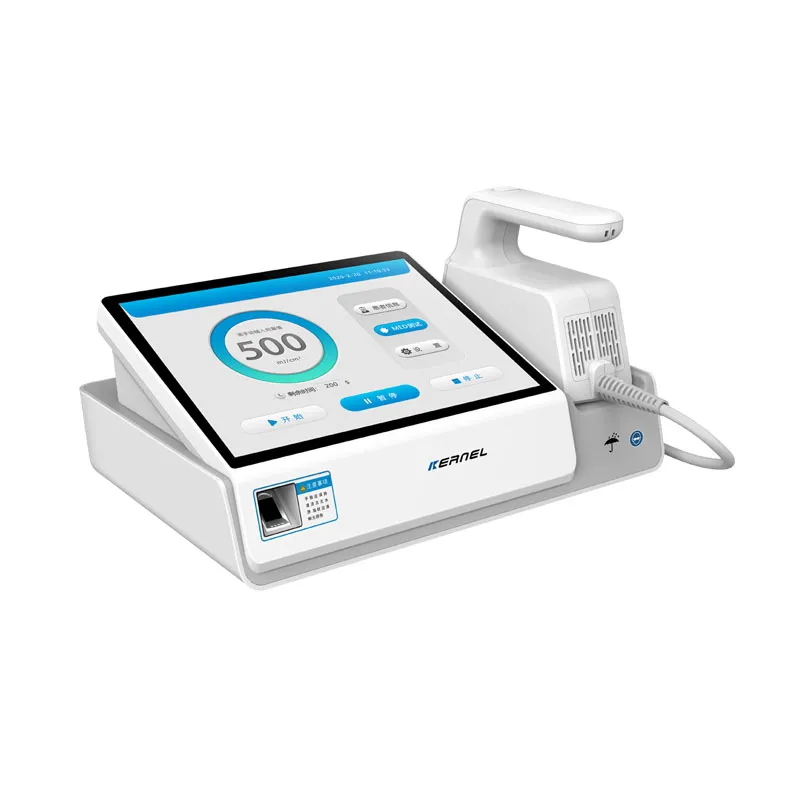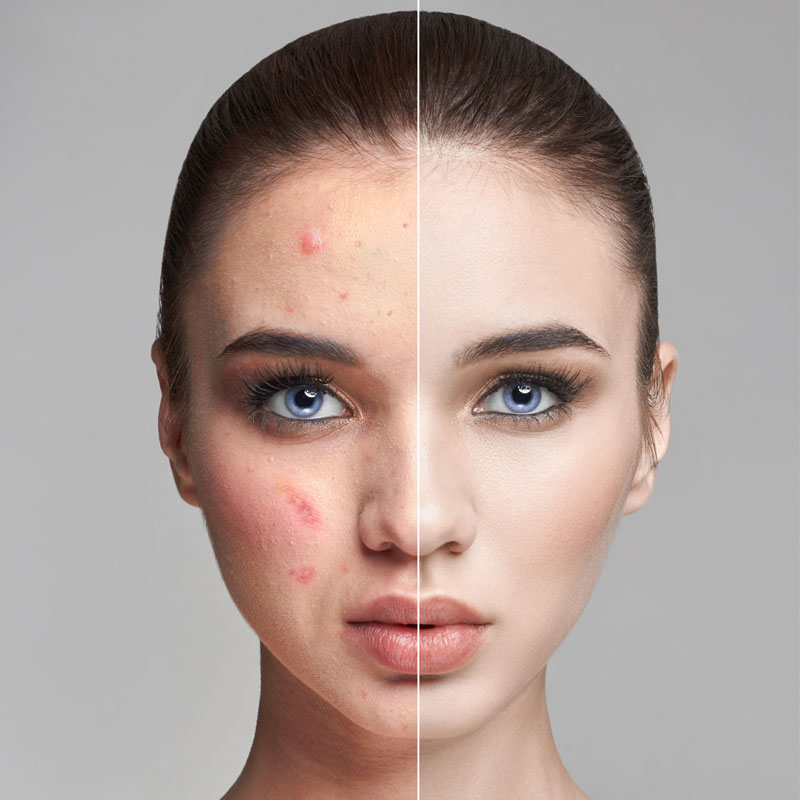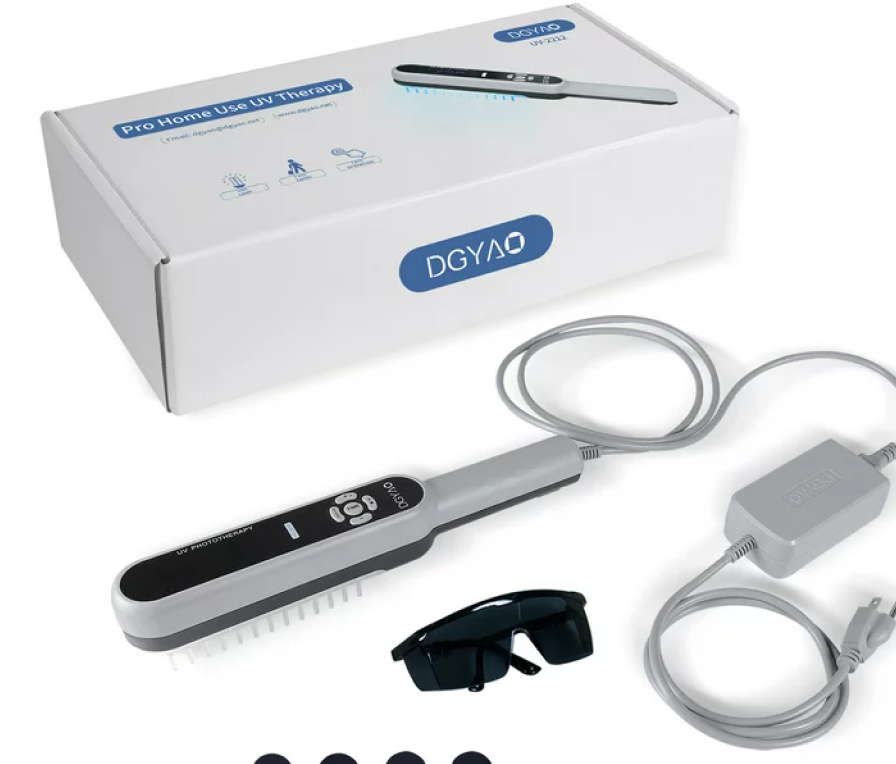Asia, the world’s largest continent, encompasses very pale to dark brown skin tones in its diverse populations. Common skin concerns are significantly influenced by genetic and environmental factors. It is shown that skin problems among Asian people are acne, 37%; eczema, 22%; uneven tone, 21%; dark spots, 18%; and dryness, 25%. [1]
Increased melanin production in the skin of Asians can result in a number of pigmentation issues, such as melasma, post-inflammatory hyperpigmentation, and freckles. Although cosmetic, these conditions can be successfully treated to help restore and maintain healthy skin.
Common Asian Skin Conditions and Treatments
The skin of an Asian is peculiarly different and special in care due to its rich melanin content. While a higher concentration of melanin protects somewhat against UV damage, at the same time, it also renders one prone to issues of pigmentation and sensitivity against inflammation.
Though common dermatological conditions such as acne, melasma, and age spots will always affect health and the appearance of the skin, for which effective treatments are at hand, the fact is that an Asian’s skin is peculiarly different and special in its care because of the rich melanin content.
-
Acne
Asian skin often produces more oil, especially in warmer climates. [2] It makes acne a common issue. Sometimes these acne breakouts lead to hardened bumps, called keloids, or, because of melanin’s sensitivity, often leave dark spots called post-inflammatory hyperpigmentation or PIH.
Management of the condition involves over-the-counter treatments that reduce inflammation and avoid scarring. The use of sunscreen daily is for preventing uneven skin tone and hyperpigmentation. The suggested sunscreen should be broad-spectrum, SPF 30 or 50, coupled with protective clothes and reduced sun exposure.

-
Melasma
Melasma is darkened skin or brown-gray skin coloring on the cheeks, nose, chin, and forehead, although the condition is more common among females. It may be due to a genetic tendency, hormonal fluctuation, pregnancy, sunlight, and drugs such as oral contraceptives. [3]
Treatment usually centers on the reduction of triggering factors, religious use of sunscreen, and the addition of skin-brightening treatments as prescribed by dermatologists.
-
Age Spots
They are more properly called solar lentigines, as well as sunspots. These are flat spots in dark color, common on individuals over 40 and mostly on the face or the hands. They develop through an increase in melanin production with age and are sometimes a precursor to conditions like seborrheic keratosis.
Preventing age spots requires constant sun protection, although treatments for lightening those already occurring are available, such as laser therapy or chemical peels.
-
Eczema
Eczema is one of the most common skin diseases characterized by dryness, redness, and itchiness. [4] Sometimes, the skin cracks or weeps, thus making it somewhat uncomfortable to handle. Asian skin may also be affected by eczema due to genetic reasons or triggers such as harsh weather, allergens, or irritants from skincare products.
Treatment aims at soothing the skin and reducing inflammation. Gentle, fragrance-free moisturizers are a must; using hypoallergenic products can help. In the case of severe flare-ups, dermatologists may prescribe topical steroids or other prescription treatments.
-
Freckles
Freckles are small, light brown marks that may appear anywhere on the body but usually occur in clusters on sun-exposed areas of the nose and cheeks. Unlike age spots that appear later in life, freckles are inherited and tend to darken with sun exposure in summer, possibly lightening in winter or fading altogether.
Preventing the darkening of freckles is easy: wear sunscreen daily and stay out of direct sun. Those who want to fade them can try lasers or topical lightening agents, but freckles are generally harmless.
-
Hyperpigmentation and Hypopigmentation
Mainly, hyperpigmentation concerns dark spots, including melasma for Asian skin, which generally has high melanin. [5] These are mostly related to sun exposure, hormonal changes, and injuries to the skin. Regular application of sunscreen, combined with treatment like chemical peels or the application of skin brightening cream, reduces their appearance.
Hypopigmentation can present as acquired white patches of skin from some autoimmune destruction of pigment-producing cells; an example of this is vitiligo. There is currently no cure for vitiligo; however, symptoms can be improved and controlled by the use of dermatologist-prescribed light therapy, topical medications, and several others.
-
Post-Inflammatory Hyperpigmentation (PIH)
PIH is a condition wherein the skin darkens after healing from trauma like acne, wounds, or burns. This happens because melanin is deposited into the deeper layers of the skin. Commonly, PIH can lighten up with time alone. Adding to this, the use of sunscreen application and topical medication containing either retinoids or vitamin C definitely speeds up the process. Dermatologic treatments such as chemical peeling may be advised in the case of severe PIH conditions.
Improving Skin Health
It starts, of course, with having a healthy lifestyle. Food rich in fresh vegetables, fruits, and fish – when included in a balanced diet – will do wonders on the skin. A decrease in consuming fast foods and sugary snacks minimizes inflammation and thus results in clearer skin that shines more.
Skincare is not just what you apply on your skin, but it also emanates from within and basically depicts how well you have cared for your body. The inside-out approach to beauty simply means that good nutrition, among other balanced lifestyles, transcends into healthy skin.
If the skin condition does not get any better, it will be wiser to consult a board-certified dermatologist. They then will professionally advise and prescribe medication appropriate for an individual’s skin type and needs.
Common Treatments and Tips for Skincare
Tips for Everyday Skincare
- Hydration: Enough intake of water gives skin its elasticity and natural glow.
- Wear Sunscreen Daily: The use of broad-spectrum SPF 30 and above prevents pigmentation by keeping UV rays off the skin.
- Cleanse Gently: The face should be washed with a mild cleanser that cleans the dirt and oil without stripping the moisture.
- Moisturize: After cleansing, always seal the hydration with a moisturizer that fits your skin type.
- Exfoliating: Exfoliate once or twice a week to rid your skin of dead skin cells, but not overdoing it, as that would irritate your skin.
Common Treatments
- Topical Creams: These are preparations containing retinoids, vitamin C, or niacinamide and work to help reduce acne, dark spots, and fine lines.
- Chemical Peels: This type of peel is done by removing the dead top layer of the skin alone to treat conditions that involve pigmentation, dulled skin, and accidents. Always have peeling done by a dermatologist.
- Laser Therapy: Effective for spots, freckles, and some types of pigmentation, lasers target problem areas with great precision.
- Hydrating Masks: They can instantly be applied for an immediate boost, soothing dryness, and refreshing tired skin.
